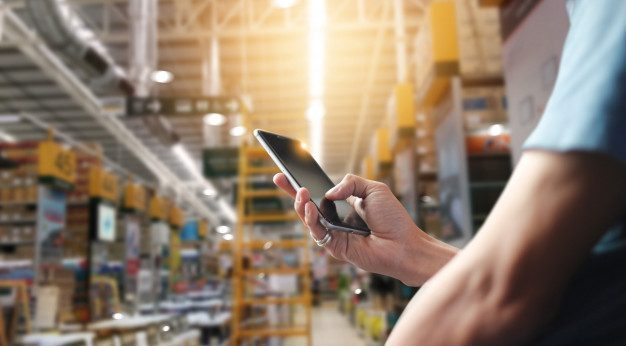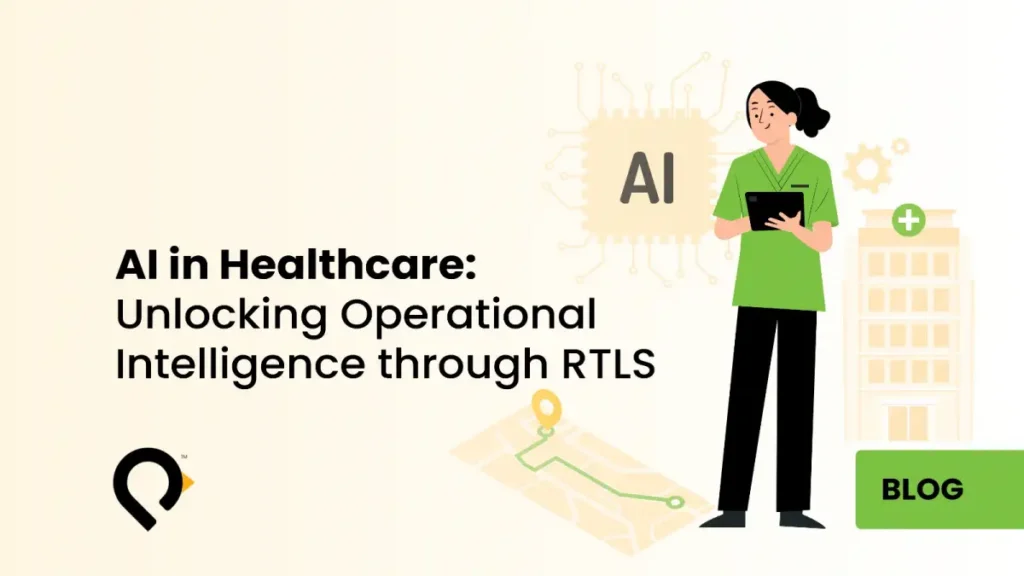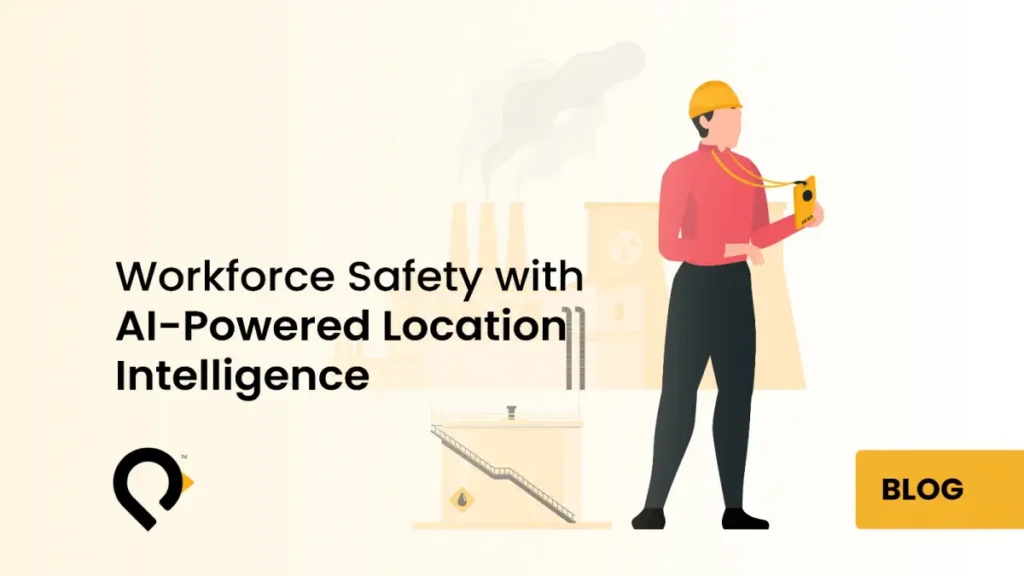
Asset Tracking for Healthcare RTLS: Technologies Transforming Hospitals in 2025
The healthcare industry faces mounting pressure to improve efficiency while reducing costs. Consequently, hospitals are turning to asset tracking for healthcare and RTLS technology to streamline operations and gain actionable insights.
Modern asset tracking systems leverage powerful technologies including RFID, BLE, NFC, Wi-Fi, and QR codes. These provide real-time visibility into assets, staff, and patient flow. As these technologies become more affordable, the ROI is becoming clearer, driving renewed healthcare RTLS adoption.
Key Healthcare RTLS Technologies for Hospitals and Medical Facilities
Asset tracking for healthcare is not one-size-fits-all. Different technologies serve different purposes. Therefore, choosing the right solution is essential for maximizing impact.
- Passive RFID – Ideal for tracking assets, patients, and even linens at specific checkpoints or during inventory audits. Offers cost-effective batch scanning but lacks real-time tracking capabilities for hospital asset management.
- BLE (Bluetooth Low Energy) – Available in multiple versions (4.0, 5.0, and 5.1), BLE healthcare tracking provides real-time monitoring with varying accuracy. The latest BLE 5.1 standard enables sub-meter precision, making it suitable for indoor navigation, staff tracking systems, and high-value medical equipment tracking. However, performance depends on the implementation.
- QR Codes – A simple and cost-effective solution for equipment maintenance tracking, patient engagement, and healthcare workflow optimization. The location is determined by the scanning device, limiting its tracking capabilities.
- Wi-Fi RTLS – Leverages existing hospital network infrastructure for facility-wide tracking with zonal-level accuracy. In many cases, activating RTLS capabilities requires additional software licenses from Wi-Fi vendors.
- NFC (Near Field Communication) – Provides secure access control and allows for instant retrieval of patient data management with a simple tap, ensuring efficiency in critical healthcare scenarios.
The Shift Toward Hybrid Asset Tracking for Healthcare Facilities
Today’s leading healthcare asset management providers are moving towards hybrid tracking solutions, combining multiple technologies, including artificial intelligence (AI) to offer a unified smart hospital technology system that benefits various hospital departments. With the rise of AI-driven medical equipment tracking, healthcare organizations can now integrate asset tracking for healthcare facilities data analytics with predictive analytics, unlocking new levels of hospital efficiency optimization.
The Impact of Asset Tracking for Healthcare Facilities in 2025
Unlike traditional healthcare facility management systems, asset tracking for healthcare facilities solutions deliver value through both direct and indirect improvements. Whether it’s enhancing healthcare workflow efficiency, improving patient safety monitoring, or reducing hospital operational costs, the ultimate goal remains the same—better healthcare outcomes through effective healthcare asset management.
Key Healthcare RTLS adoption drivers gaining momentum in 2025 include:
- Enhanced Safety – Real-time staff monitoring ensures workplace safety by enabling rapid emergency response and tracking movements in high-risk environments through healthcare safety systems.
- Increased Efficiency – RTLS technology enables improved patient flow management with smart rooming, reduces time spent searching for critical assets through hospital asset tracking systems, and streamlines hospital workflow automation.
- Cost Savings – Hospitals can minimize inventory loss prevention, reduce equipment redundancy, and optimize resource utilization healthcare, leading to significant healthcare ROI over time.
Embracing the Future: AI-Driven, Standards-Based RTLS
In the past, highly proprietary RTLS systems created vendor lock-in, limiting flexibility and driving up healthcare technology costs. However, the landscape is rapidly changing. Today, standards-based RTLS systems offer cost-effective, scalable hospital technology solutions that can be gradually deployed across healthcare facilities.
Moreover, the integration of AI-powered healthcare analytics is redefining how hospitals interact with RTLS data. With platforms like ChatGPT and DeepSeek, users now expect chat-like interactivity with intelligent RTLS systems, moving beyond simple room-level tracking to predictive healthcare analytics and location insights.
At Penguin, we advocate for AI-driven RTLS healthcare technology that combines standardized hospital hardware with intelligent tracking algorithms—ensuring healthcare providers receive future-proof, affordable healthcare technology solutions that solve real operational challenges.
As RTLS healthcare systems continue to evolve, their potential to transform hospital operations management is only just beginning. Organizations that embrace scalable, data-driven healthcare solutions today will be well-positioned to drive better patient care outcomes, optimize healthcare resources, and improve overall hospital operational efficiency in the years to come.
By: Mohammed Smadi, PhD
Ready to optimize your hospital with advanced asset tracking? Contact Penguin Location Services to discover how our AI-driven RTLS solutions can transform your facility.




